The Kubernetes Workshop. Learn how to build and run highly scalable workloads on Kubernetes Zachary Arnold, Sahil Dua, Wei Huang, Faisal Masood, Mélony Qin, Mohammed Abu Taleb
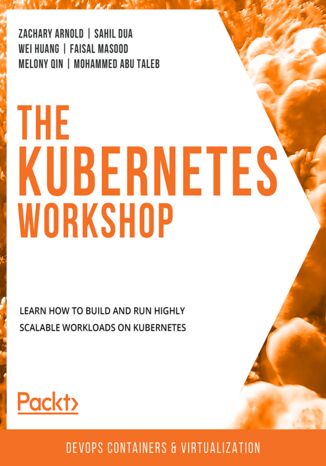



- Autorzy:
- Zachary Arnold, Sahil Dua, Wei Huang, Faisal Masood, Mélony Qin, Mohammed Abu Taleb
- Wydawnictwo:
- Packt Publishing
- Ocena:
- Stron:
- 780
- Dostępne formaty:
-
PDFePubMobi
Opis
książki
:
The Kubernetes Workshop. Learn how to build and run highly scalable workloads on Kubernetes
Starting with an introduction to the fundamentals of Kubernetes, you’ll install and set up your Kubernetes environment. You’ll understand how to write YAML files and deploy your first simple web application container using Pod. You’ll then assign human-friendly names to Pods, explore various Kubernetes entities and functions, and discover when to use them. As you work through the chapters, this Kubernetes book will show you how you can make full-scale use of Kubernetes by applying a variety of techniques for designing components and deploying clusters. You’ll also get to grips with security policies for limiting access to certain functions inside the cluster. Toward the end of the book, you’ll get a rundown of Kubernetes advanced features for building your own controller and upgrading to a Kubernetes cluster without downtime.
By the end of this workshop, you’ll be able to manage containers and run cloud-based applications efficiently using Kubernetes.
Wybrane bestsellery
Zachary Arnold, Sahil Dua, Wei Huang, Faisal Masood, Mélony Qin, Mohammed Abu Taleb - pozostałe książki
Packt Publishing - inne książki
Dzięki opcji "Druk na żądanie" do sprzedaży wracają tytuły Grupy Helion, które cieszyły sie dużym zainteresowaniem, a których nakład został wyprzedany.
Dla naszych Czytelników wydrukowaliśmy dodatkową pulę egzemplarzy w technice druku cyfrowego.
Co powinieneś wiedzieć o usłudze "Druk na żądanie":
- usługa obejmuje tylko widoczną poniżej listę tytułów, którą na bieżąco aktualizujemy;
- cena książki może być wyższa od początkowej ceny detalicznej, co jest spowodowane kosztami druku cyfrowego (wyższymi niż koszty tradycyjnego druku offsetowego). Obowiązująca cena jest zawsze podawana na stronie WWW książki;
- zawartość książki wraz z dodatkami (płyta CD, DVD) odpowiada jej pierwotnemu wydaniu i jest w pełni komplementarna;
- usługa nie obejmuje książek w kolorze.
Masz pytanie o konkretny tytuł? Napisz do nas: sklep@helion.pl
Książka drukowana



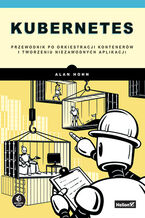



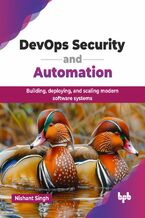
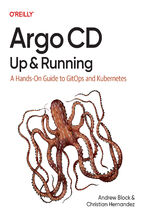
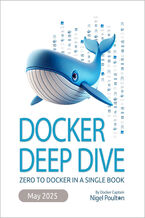
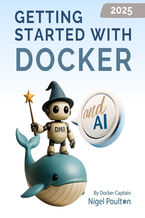



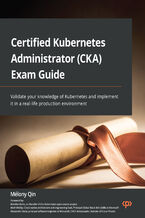
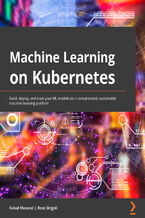
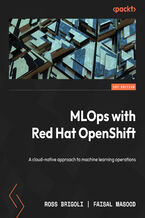
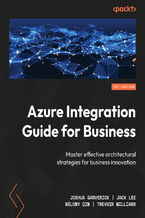





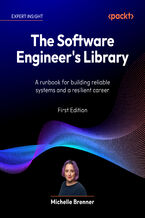
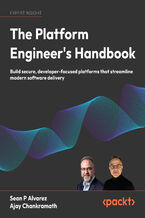
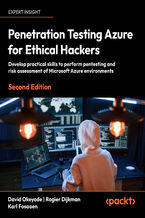

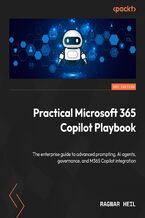
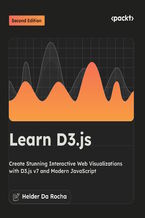
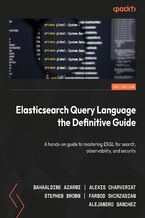
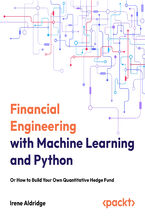

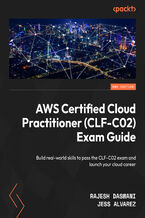



Oceny i opinie klientów: The Kubernetes Workshop. Learn how to build and run highly scalable workloads on Kubernetes Zachary Arnold, Sahil Dua, Wei Huang, Faisal Masood, Mélony Qin, Mohammed Abu Taleb
(0)